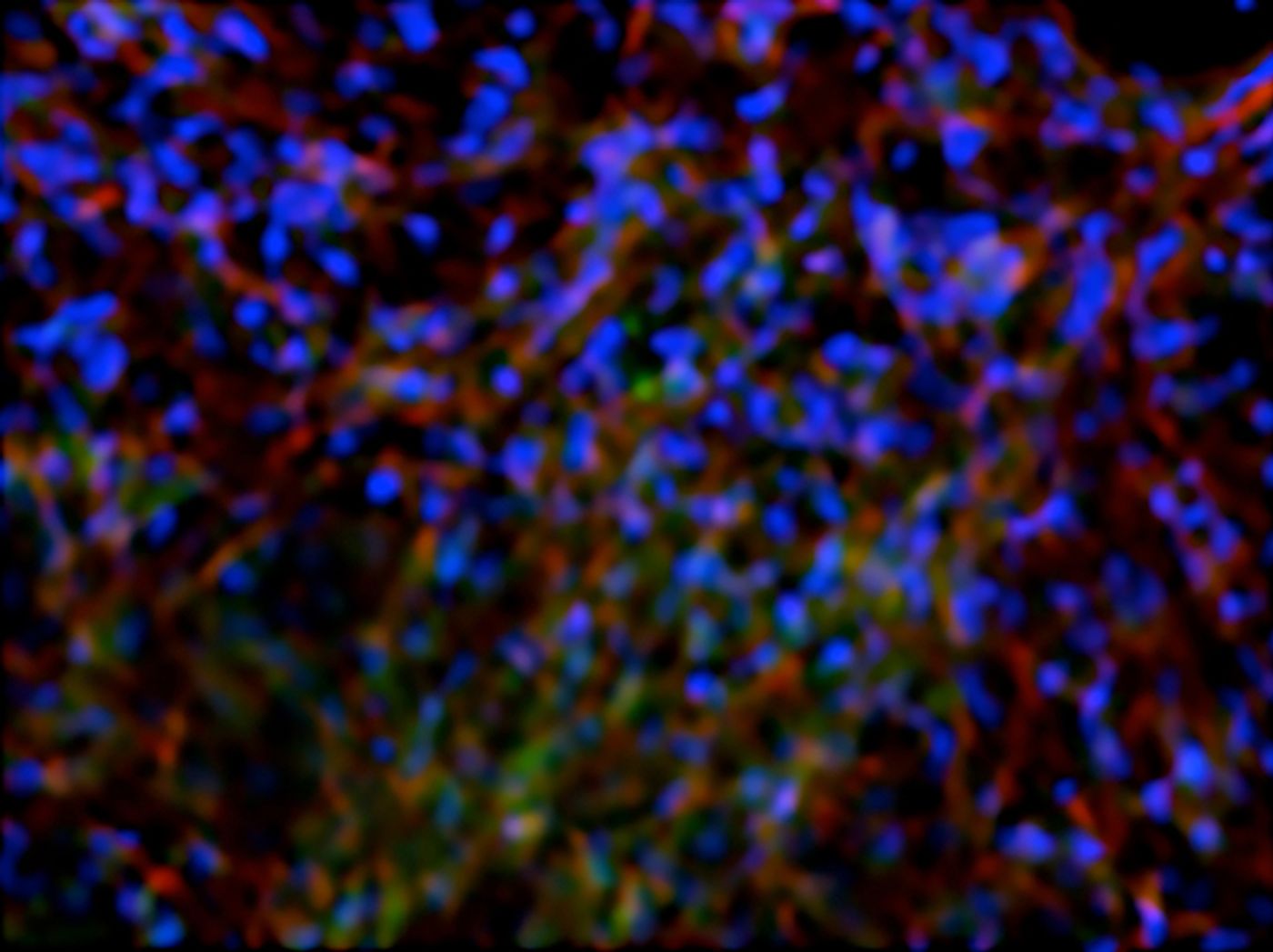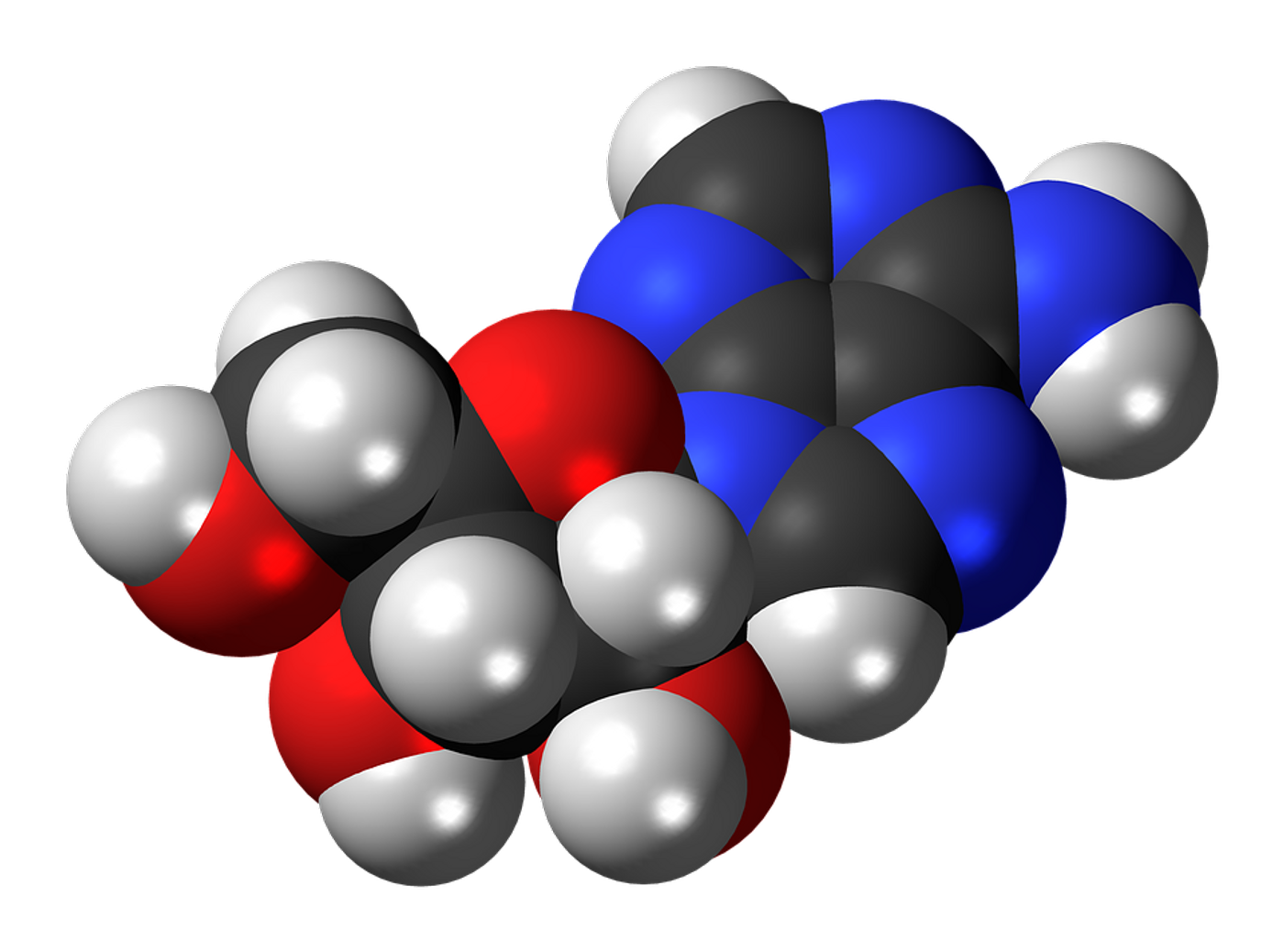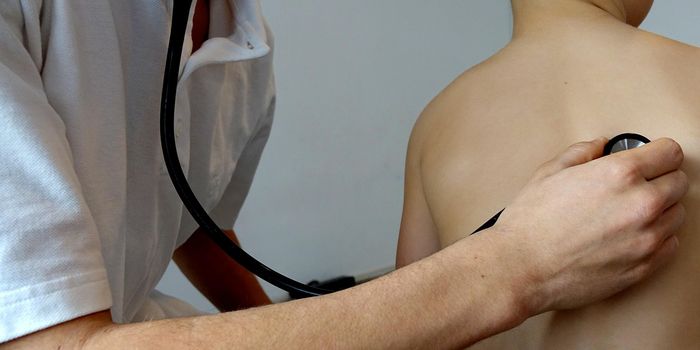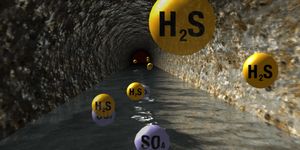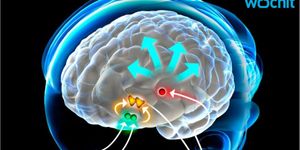Pluripotent stem cells can form into any cell type in the human body through the process of normal human development. Creating stem cells that can be directed for use as therapeutics in specific tissues has remained a challenge. Scientists at the University of California, San Diego have reported in Science Advances that they’ve made progress in this area. The research team reports that feeding human pluripotent stem cells adenosine drives them to regenerate bone tissue. In mice, the tissue that was created from such stem cells aided in the repair of cranial bone defects in mice, all without causing infection or tumor development.
Such work could be helpful to many patients in the clinic that have suffered traumatic bone injuries, or who carry serious bone defects. It may also be a way to create a simple and inexpensive way to manufacture a cell line of bone builders that could be expanded and scaled-up.
"One of the broader goals of our research is to make regenerative treatments more accessible and clinically relevant by developing easy, efficient and cost-effective ways to engineer human cells and tissues," explained the senior author of the study, Shyni Varghese, a Bioengineering Professor at UC San Diego.
Getting stem cells to become specific tissues, or differentiate, has not been an easy problem to solve. The process is laborious, expensive, and not efficient. Additionally, teratomas can form. Teratomas are runaway stem cells; they exhibit out of control differentiation and can cause tumors that contain a variety of different tissue types.
The team led by Varghese showed that human pluripotent stem cell differentiation into bone cells could be controlled by the addition of adenosine, a molecule that occurs naturally in the body. Beyond that, the bone cells the team generated went on to build bone tissue that contained blood vessels. Those tissues were subsequently transplanted into mice where they formed new tissue without teratomas.
"It's amazing that a single molecule can direct stem cell fate. We don't need to use a cocktail of small molecules, growth factors or other supplements to create a population of bone cells from human pluripotent stem cells like induced pluripotent stem cells," Varghese continued.
The team has previously published work on the influence of calcium phosphate minerals on the mechanism of stem cell differentiation into osteoblasts. They determined that calcium phosphate is taken up by stem cells to produce ATP, which breaks down adenosine, the signal for stem cells to become osteoblasts.
"We wondered what would happen if we bypassed the steps and just supplemented the medium with adenosine. That's what inspired this current study," Varghese concluded. The investigators are currently working to understand how adenosine promotes the formation of bone.
Sources:
AAAS/Eurekalert! via
UCSD,
Science Advances
